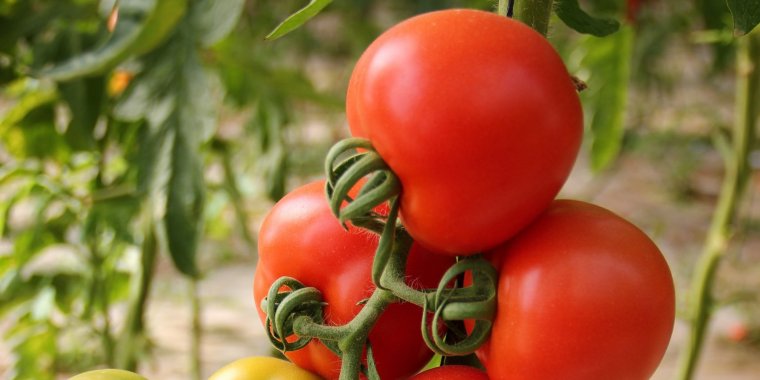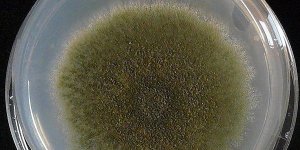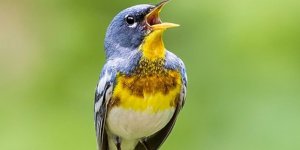| News / Science News |
Finding genes to help fruit adapt to droughts
As climate change is expected to lead to more frequent periods of drought, researchers are increasingly working to make discoveries that can help plants adapt to prolonged water stress.

Tomato: Photo: Shalev Cohen/Unsplash
Researchers from the Boyce Thompson Institute and Cornell University have completed the first study that provides a comprehensive picture of gene expression changes in response to water stress in a fruit — the tomato, Solanum lycopersicum — identifying genes that could help plant breeders develop fruit that can cope with drought conditions.
Work was led by Carmen Catalá. "We identified genes that are involved in water stress response in the tomato fruit," said Catalá.
"We can now begin to select candidate genes that could help breeders develop fruit that can adapt to drought conditions, and not just tomatoes but also grapes, apples and fleshy fruit in general. That is a long-term potential application of these data."
The researchers looked at gene expression in tomato leaves and six fruit organs — pericarp, placenta, septum, columella, jelly and seeds — at two different time points, growing and ripe fruit and under four different water stress conditions: none, mild, intermediate and strong.
They found that each of the fruit organ tissues changed in unique ways over time.
"Less than 1% of the expressed genes that were affected by water stress were shared among all six fruit tissues, and more than 50% of the affected genes were specific to a single tissue," said Catalá.
In contrast to the negative effects of drought, which triggers physiological disorders and fruit loss, there are some positive effects associated with drought — at least with mild drought.
For example, the researchers found that water stress increases the amount of lycopene in ripe fruit. Lycopene is an antioxidant that has documented health benefits. Water-stressed fruit also had higher levels of starch biosynthesis, which could yield sweeter tomatoes.
The scientists also found that they could "train" tomatoes to be more resistant to future water droughts.
"When we sowed the seeds from treated plants, we found that the seedlings from stressed tomatoes showed improved recovery from water stress in comparison to seedlings from control tomatoes," said Philippe Nicolas, first author of the paper.
Nicolas said they identified several genes whose expression is induced by water stress in mature seeds, which could play important roles in conferring water stress tolerance to the next generation of plants.
“The range of genes affected by water stress shows how complex plants can be, and that basic research is critical to identifying ways to make fruits, vegetables and grains more resistant to drought, a vital step in feeding the planet sustainably,” said Diane Okamuro, a program director in NSF’s Division of Integrative Organismal Systems. (U.S. National Science Foundation)
YOU MAY ALSO LIKE





